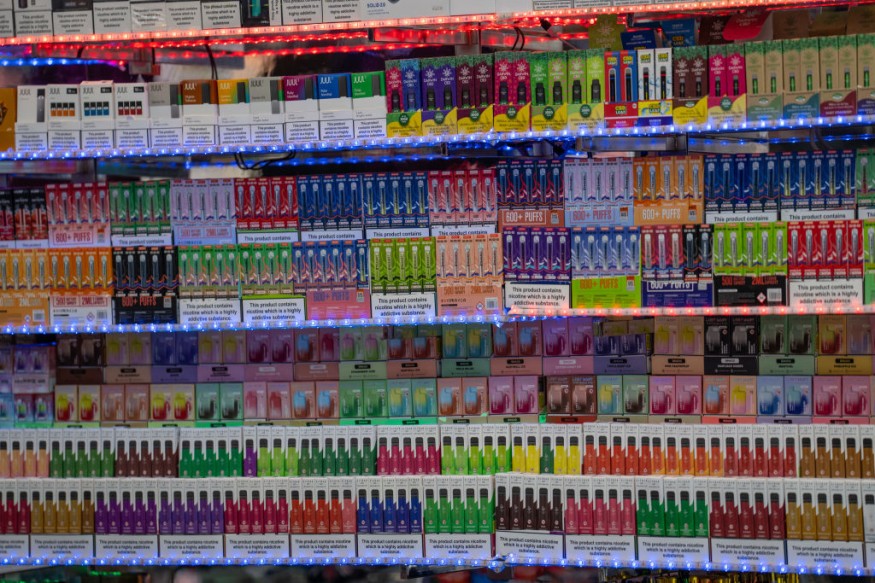
The US is experiencing an increase in non-recyclable and hazardous waste because of the roughly 12 million disposable vape units that are discarded each month.
Disposable Vape: Nicotine, Lithium, and Others
The surge in disposable e-cigarette use in the US has ignited an environmental challenge, with millions of these non-refillable, hazardous waste devices, containing nicotine and metals, being discarded. While the vaping debate once focused on enticing flavors for school students, the shift to disposable vapes has given rise to a new problem.
Federal law prohibits their disposal in the trash, but with around 12 million bought monthly, local authorities are devising solutions. Schools, colleges, vape shops, and other locations are grappling with the safe disposal of these battery-powered devices, lacking clear federal guidance on managing this emerging issue.
Vape Statistics in The US
In October 2022, the FDA and CDC shared data from the 2022 National Youth Tobacco Survey (NYTS) on e-cigarette usage in U.S. youth. The report shows the statistics for the use of e-cigarettes among middle and high school students in the US for 2022. It revealed that over 2.5 million U.S. middle and high school students, which is more than 1 in 10, used e-cigarettes within the past 30 days. Specifically, 14.1% of high school students, or 2.14 million, and 3.3% of middle school students, about 380,000, reported e-cigarette use.
The majority of current users at 85% favored flavored e-cigarettes, particularly fruit flavors, candy, desserts, or sweets. A substantial portion, 27.6%, of young e-cigarette users used these products daily, while more than 40% used e-cigarettes on at least 20 of the last 30 days.
Pitfalls of Disposable Over Refillable Pods
The majority of current e-cigarette users, or 55.3%, opt for disposables, and only 25.2% use prefilled/refillable pods. Disposing of disposable vapes poses a significant problem, as there's no established recycling method, and the already low e-waste recycling rate of less than 10% exacerbates this issue, leading to landfill and waterway pollution.
These vapes contain non-degradable plastic, electronics, and hazardous chemicals. The nicotine e-liquid classifies them as acute hazardous waste, preventing recycling with regular plastics. Disposable vapes can't be repurposed, properly recycled, or legally thrown in the trash, posing a severe environmental challenge.
Lithium-Ion Batteries
Disposable vapes, utilizing rechargeable lithium-ion batteries like those in electric cars and iPhones, are a growing environmental concern. Unlike traditional vapes, they are intended for one-time use, contributing to waste and harm. At the federal level, the FDA needs to rigorously enforce its regulations against unauthorized disposable vape sales.
While enforcement has increased, with over 560 warning letters issued from January 2021 through May 2023, unauthorized products remain readily available. The environmental impact of disposable vapes should intensify FDA enforcement efforts and discourage future proposals for their sale. As these devices are wasteful, harmful, and currently trending, it's imperative to address their environmental and public health implications through stringent regulatory action.
Related Article : Wastewater Processed Into Drinking Water as Phoenix Reopens Plant 14 Years and $30M Later
© 2025 NatureWorldNews.com All rights reserved. Do not reproduce without permission.





